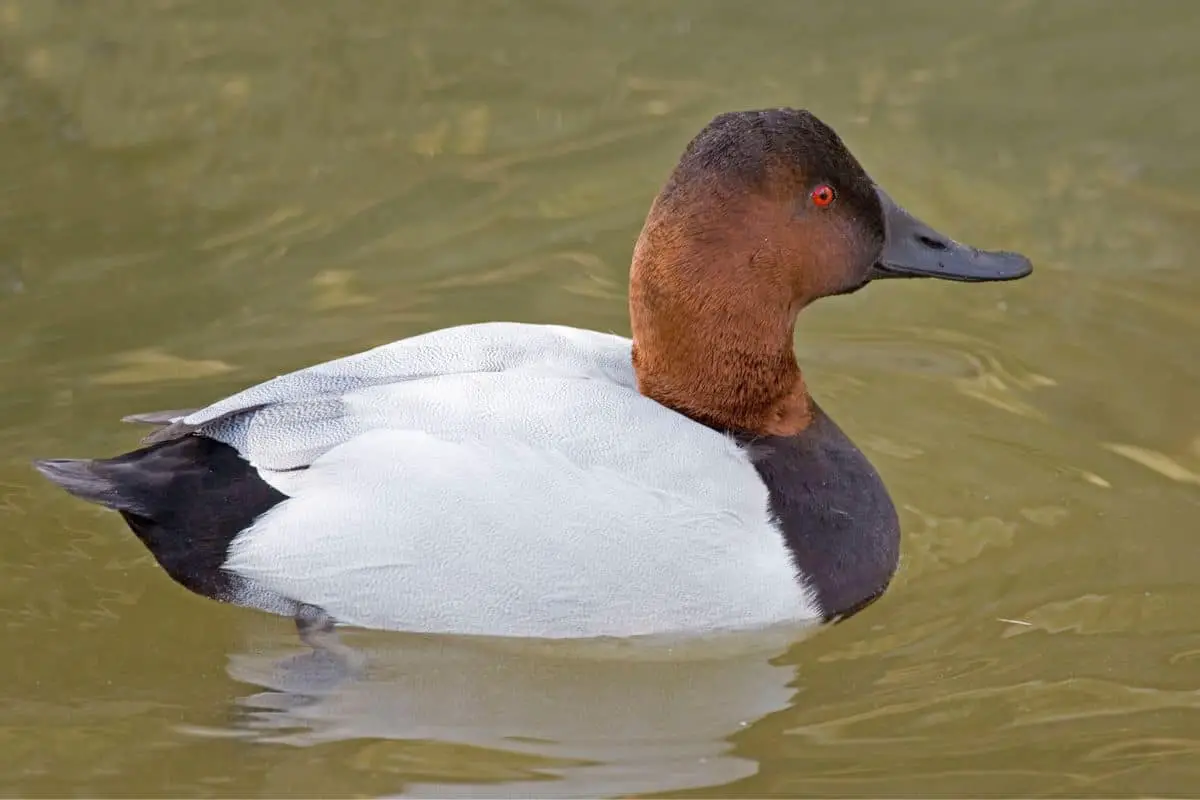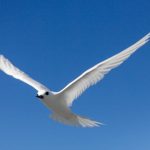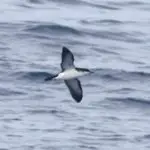The Canvasback, also known as Aythya valisineria, is a strikingly beautiful diving duck that is native to North America. With its distinctive red head and white body, the Canvasback is a sight to behold.
While it is most commonly found in the northern regions of North America, it has also been known to visit more southern areas during the winter months. Interestingly, the Canvasback has also been spotted in Hawaii, where it is considered a rare visitor. In this article, we’ll explore the fascinating world of the Canvasback and learn more about its existence in Hawaii.
Canvasback
Appearance
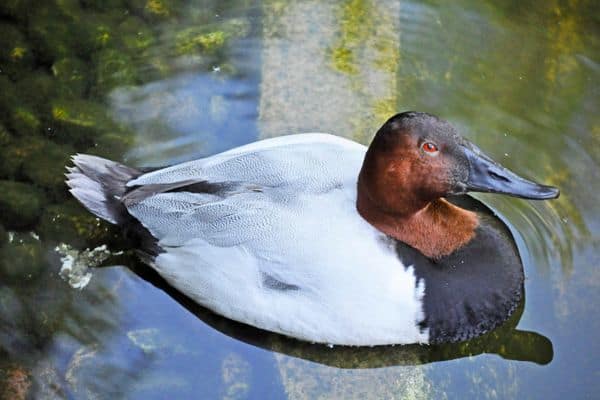
The Canvasback is a large diving duck with a distinctive appearance. The male Canvasback has a reddish-brown head and neck, a black breast, and a grayish body. Its most notable feature is its long, sloping, and wedge-shaped bill, which is light gray with a black tip.
Females have a light brown overall plumage with a darker head and a similar bill. Both males and females have striking red eyes. The Canvasback measures approximately 19 to 22 inches in length.
Diet
The diet of the Canvasback primarily consists of plant material. Their preferred food source is the wild celery, also known as Vallisneria, which gives them their scientific name. They are highly specialized divers and foragers, using their long and powerful bills to reach and consume the underwater vegetation.
The Canvasbacks also consume a variety of other aquatic plants, seeds, and tubers. Additionally, they may occasionally feed on small invertebrates and mollusks, but plant matter forms the majority of their diet.
Nesting
The Canvasback typically nests near freshwater habitats, such as marshes, lakes, and ponds, in the northern regions of North America. The female Canvasback constructs the nest, which is a shallow depression lined with vegetation, down feathers, and other soft materials.
The nest is usually situated on the ground, hidden among tall vegetation or on islands for added protection. The female Canvasback lays a clutch of 6 to 10 eggs and incubates them for about 25 to 30 days. During this incubation period, the male Canvasback stays close to the nest and helps defend the territory.
Once the eggs hatch, the young ducklings are precocial, which means they are able to leave the nest shortly after hatching and start swimming and feeding on their own. The female leads the ducklings to nearby water bodies where they continue to be under her care and guidance until they become independent.
Behavior

The Canvasback exhibits interesting behaviors that are unique to its species. These diving ducks are highly skilled swimmers and divers, using their strong wings and webbed feet to navigate through water with ease. They are known for their exceptional diving abilities, capable of submerging underwater for extended periods to forage for food.
Canvasbacks are social birds and often gather in large flocks, particularly during migration and wintering periods. While they can be seen in mixed-species flocks, they tend to associate closely with their own kind. Within these flocks, Canvasbacks engage in various social behaviors, such as synchronized swimming, head-bobbing, and vocalizations, which may serve as displays of dominance, courtship, or communication.
During the breeding season, males engage in courtship displays to attract females. These displays often involve head-throwing, neck-stretching, and various vocalizations. Male Canvasbacks also establish and defend territories to secure mates and nesting sites.
Canvasbacks are primarily diurnal, being active during the day, and they spend a significant amount of time foraging for their preferred food sources, such as aquatic vegetation and submerged plants. They are known to undertake long-distance migrations between their breeding and wintering grounds, showcasing their impressive navigational skills.
Habitat
The Canvasback inhabits a variety of freshwater habitats across North America. They can be found in lakes, marshes, rivers, and estuaries, particularly in the northern parts of the continent during the breeding season.
During the winter, they migrate to coastal areas, bays, and large bodies of water. Canvasbacks prefer habitats with abundant submerged aquatic vegetation, especially the wild celery (Vallisneria) plants, which form a crucial part of their diet.
These plants provide important foraging grounds for the ducks, as they dive underwater to feed on their leaves, stems, and seeds. In their breeding range, Canvasbacks typically select nesting sites near water bodies with dense emergent vegetation or on islands, providing shelter and protection for their nests.
They prefer areas with open water nearby, allowing them easy access to both foraging and nesting sites. The availability of suitable breeding and wintering habitats is essential for the survival and successful reproduction of Canvasbacks. Their habitat preferences reflect their reliance on specific food sources and the need for suitable nesting sites to raise their young.
Range
The Canvasback is a rare visitor to Hawaii, with sightings reported on several of the islands, including Oahu and the Big Island. According to the Hawaii Bird Project, the bird is considered a vagrant species, or individual that has strayed from its normal range, and is not an established resident of the islands. Sightings of the Canvasback in Hawaii are infrequent and unpredictable, with the majority occurring during the winter months.
Conservation Status
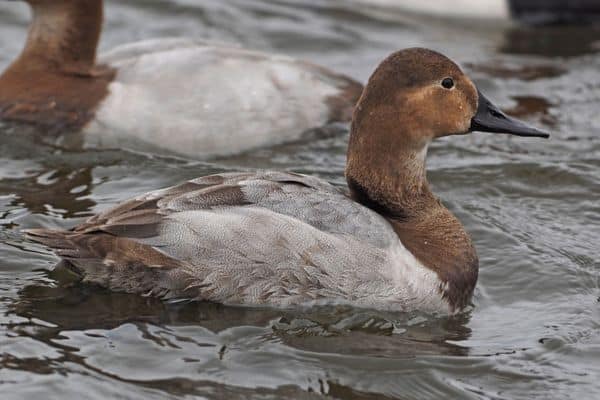
The conservation status of the Canvasback is of least concern according to the International Union for Conservation of Nature (IUCN). While the overall population of Canvasbacks is stable, they face certain challenges and conservation considerations.
Historically, the Canvasback population experienced declines due to habitat loss and degradation, primarily from wetland drainage and destruction. However, conservation efforts and wetland restoration initiatives have played a significant role in improving their habitat and population numbers.
The Canvasback is protected under various laws and regulations in different countries, including hunting regulations and habitat protection measures. Additionally, international agreements, such as the Migratory Bird Treaty Act, help safeguard their populations during migration.
Interesting Facts
1. Impressive divers
Canvasbacks are exceptional divers and can stay submerged for up to 20-30 seconds while foraging for food underwater. They can also dive to depths of 15-20 feet.
2. Unique bill shape
Canvasbacks have a long, sloping, and wedge-shaped bill, which is specially adapted for feeding on their preferred food source, submerged aquatic vegetation.
3. They are swift flyers
These ducks are strong and fast flyers, capable of reaching speeds of up to 60 miles per hour during migration.
4. Vocal Communicators
Canvasbacks produce a variety of vocalizations, including grunts, quacks, and honks. These vocalizations are used for communication within their flocks and during courtship displays.
5. Monogamous Breeding
Canvasbacks are monogamous during the breeding season, forming pair bonds that can last for multiple years or even their entire lifespan.
Frequently Asked Questions
1. Do Canvasbacks migrate?
Yes, Canvasbacks are migratory birds. They undertake long-distance migrations between their breeding grounds in the northern regions of North America and their wintering grounds along the coastal areas.
2. How long do Canvasbacks live?
Canvasbacks have an average lifespan of around 10-15 years in the wild. However, some individuals have been known to live up to 20 years or more.
3. Are Canvasbacks social birds?
Yes, Canvasbacks are social birds and often gather in large flocks, particularly during migration and wintering periods. They may associate closely with their own kind but can also be seen in mixed-species flocks.
4. Do Canvasbacks form pair bonds?
Yes, Canvasbacks form pair bonds during the breeding season. These pair bonds can last for multiple years or even their entire lifespan.
